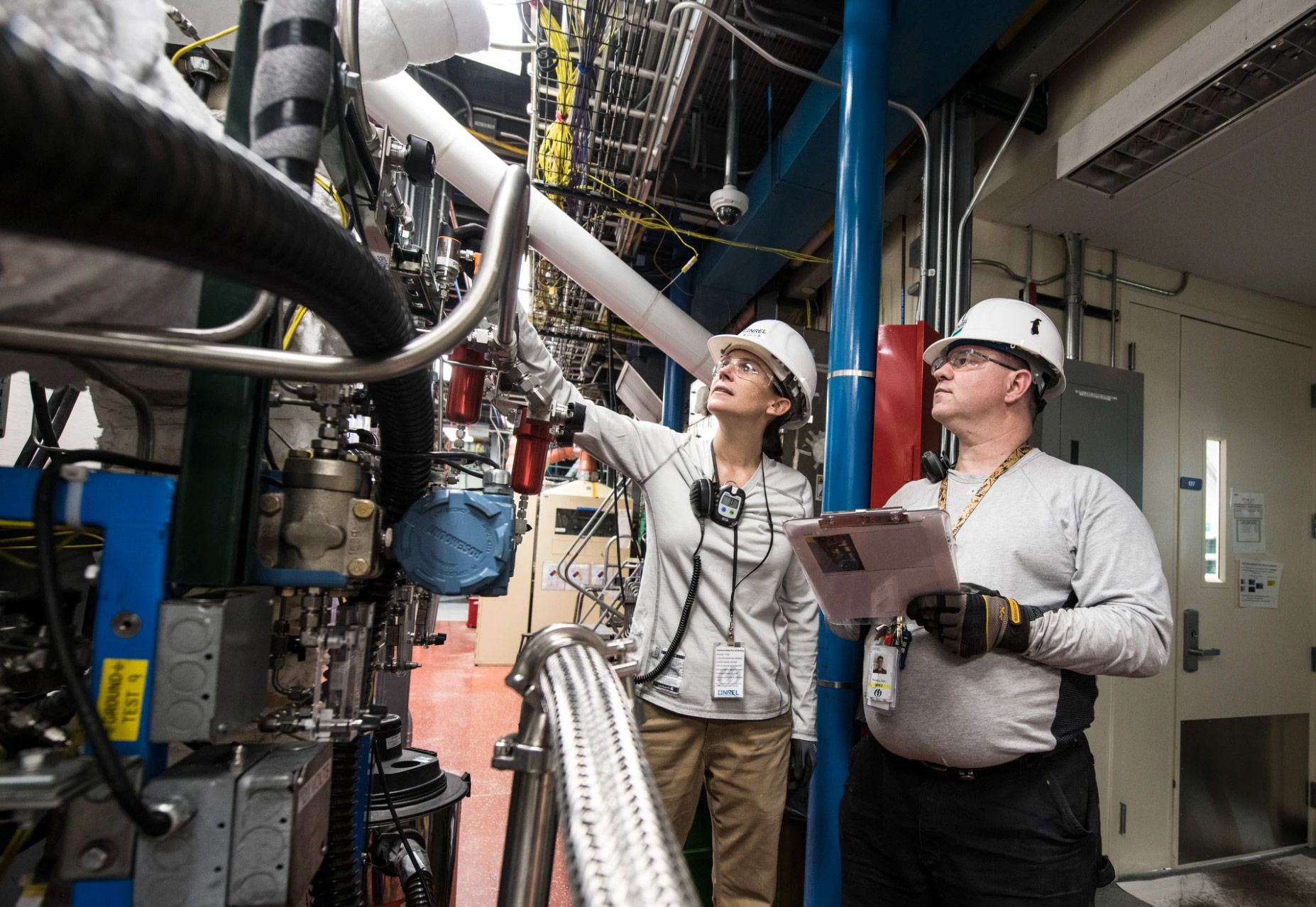*Heraclitus never said this
Heraclitus once said, “the only constant in life is change”. We’re not usually ones to bastardise the wisdom of the great philosophers, but perhaps if Heraclitus lived today, his quote may have read instead as “the only constant in life is change… and the accumulation of data”. As we move through these rapidly changing and unknown times, a few things remain certain and constant – the world is awash with data, and there is an abundance of opportunities to use this data to our advantage.
With the incredible progress of artificial intelligence, and with access to more data than ever before, we firmly believe that the operation of every industrial plant, facility and asset, can be improved with intelligent use of data.
So how can it be that given these advancements, so few companies are leveraging AI and data to improve operations? Why isn’t everyone doing it? If you have ever considered implementing AI solutions but have never gone ahead with it, the chances are at some point you’ve thought:
“All our data is disparate, this will be hard work”
“There are so many different small assets, that a solution for them all must not be possible”
“We don’t really have that much data, so surely we can’t implement data-driven solutions”
“We don’t want to have to try and fit our requirements into some off-the-shelf software”
Sound familiar? In this mini-series of articles, we will explore some of these issues and look into how the Ada Mode approach helps teams to overcome these barriers.
Dealing with Disparate Data
Firstly, let’s look into the issue of disparate data and data silos. Your plant is a complex beast. Perhaps it’s quite old, and over time it has had different systems developed for processing and storing associated data. Perhaps initiatives which were kicked off and didn’t really stick.
If for example, information about plant output is in one system, sensor readings are in another database and maintenance records are stored elsewhere, it is understandable why this may be perceived as a problem. This is common instance with which we’re familiar, and while it may make things more challenging, it’s by no means a barrier to rapid plant performance improvement.
The Approach
As with all these perceived barriers, analysing the existing set-up and taking a pragmatic approach can completely rationalise your data landscape into something more straight forward and accessible. To make the process as efficient as possible it is important to define clear objectives, based on the problems you are experiencing. Focusing on the specific problems here and now, will lead to developing the optimum solution in the long term.
The first step is to define the specific difficulties that are causing the most pain across your plant or plants. The second step is to bound these problems by a defined system or process, such that data inputs and outputs can be easily identified. You can then begin to interrogate these streams and understand how they are related, where they are stored, what technology is involved and why its important (or not) to the issue.
There are several ways to integrate disparate data sources and the approach varies depending on the scale of the problem and the severity of the pain you are feeling. For example, you could develop and implement system APIs which will handle the specific quirks and settings for that given system, presenting data in a technology-agnostic format. This enables greater interoperability with data visualisation tools or software that you already have installed in other areas of the plant. Instead, for example, it may be that streamlining data collection from taking handwritten notes on a plant walk-down to a digital format will be sufficient, or a number of other alternatives.
Whatever the solution is, the power of partnering can be invaluable, Ada Mode will work with you to develop an architecture tailored to your specific operational problems. We can then deploy our customised AI technology to address the pain whilst ensuring seamless interoperability with existing plant technology. Check out our case studies page for specific examples of our work.
Interested in hearing more about improving your plant operation? Have a particularly puzzling problem to solve at your plant? Get in touch – it is what we do best!


